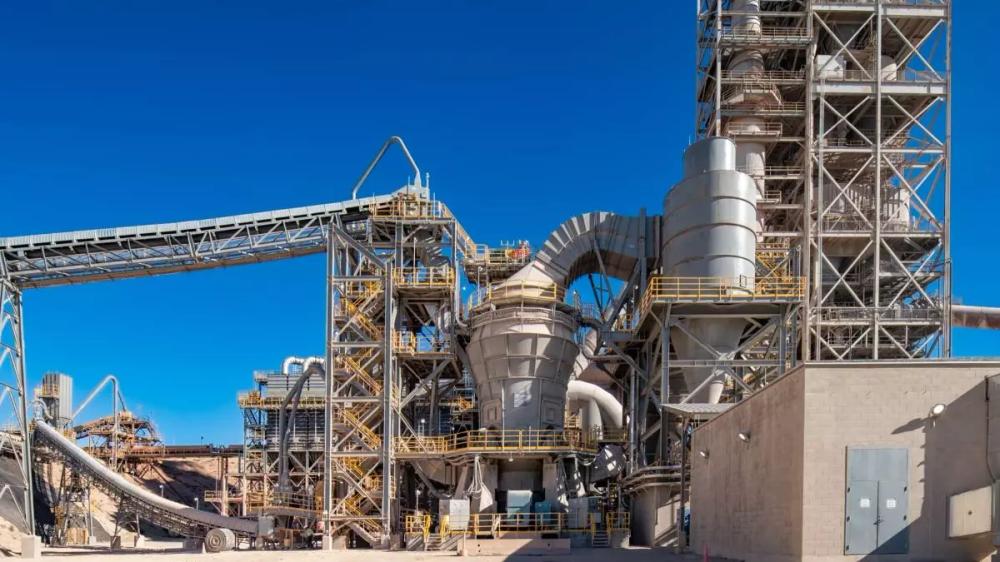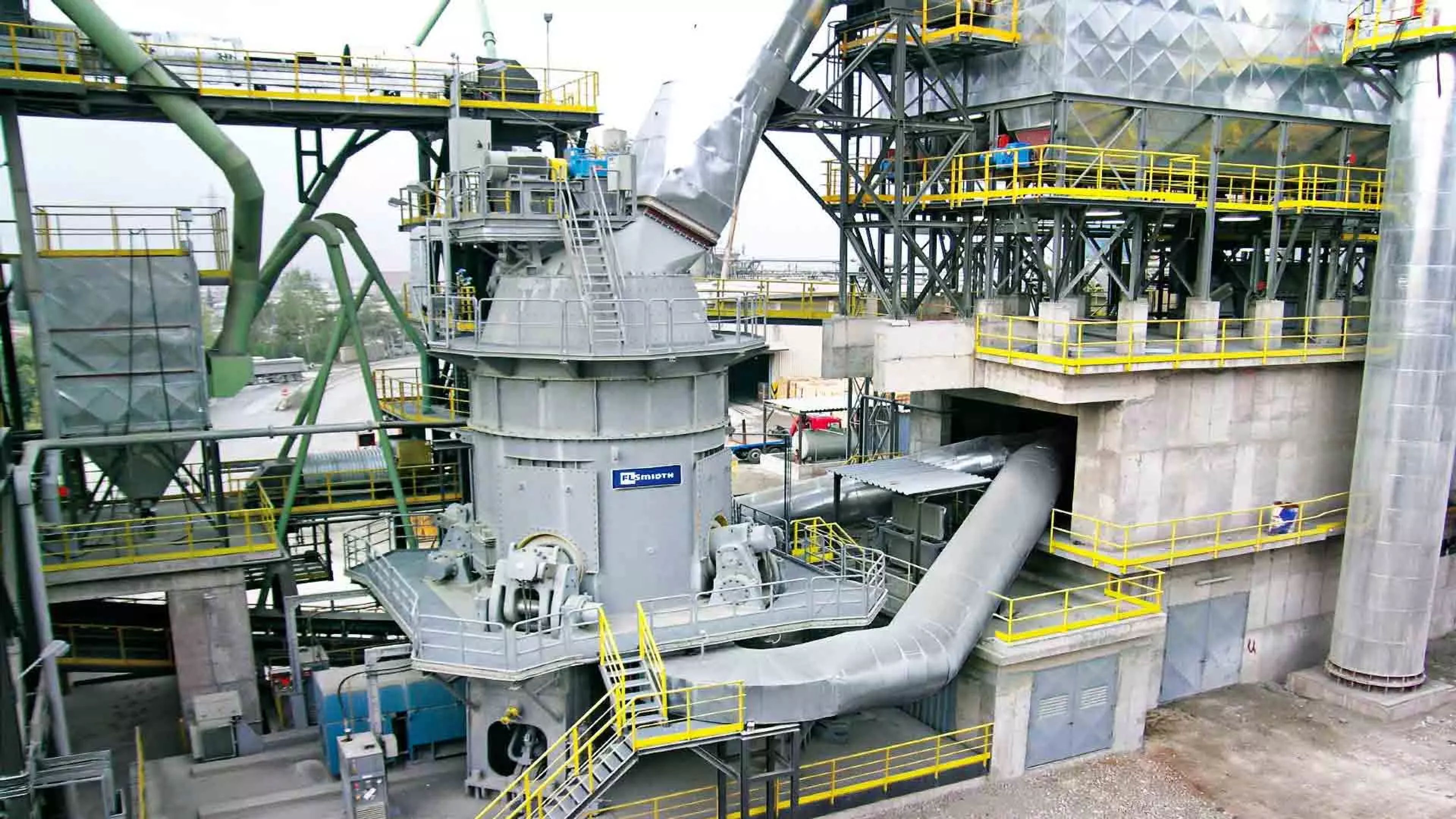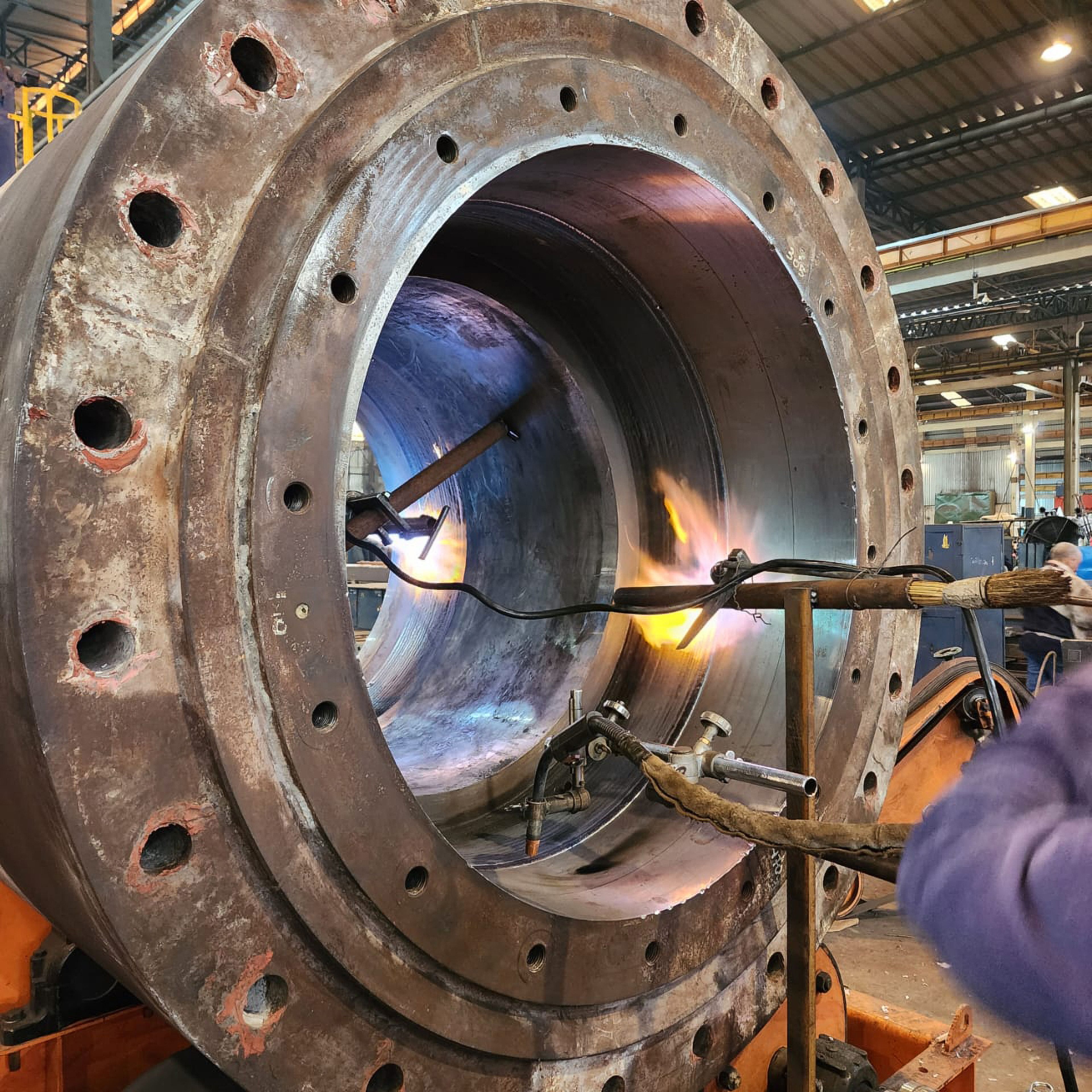article
How we delivered a new mill in the middle of a supply chain crisis
When negotiations began with CalPortland for a new raw grinding circuit at their Mojave plant in California, the world was still relatively normal. And when contracts were signed in Spring 2020, no one expected the Covid-19 pandemic to last for more than a few months. But as the pandemic raged on, it wasn’t long before FLSmidth Cement’s project execution team realised they were going to hit supply chain problems.
“This contract was signed in May 2020,” explains Srinivasan Seshadri, Project Manager, FLSmidth Cement. “We were already working on the procurement side of things, as we normally do, because we want to ensure that when contracts are signed there are no delays. But we’ve never come across supply chain disruption like this before.”
Getting a head start
CalPortland was replacing an old raw mill with a new vertical roller mill – one of the first VRMs for raw meal in America. It’s a significant project and a major investment, involving hundreds of tonnes of steel as well as the gearbox, mill table and concrete piers. The existing raw mill was constraining production, and the plant was anxious to get the new mill up and running so that they could take advantage of high market demand.
“This was an important project and it just so happened to land at a difficult time,” says Timothy Evers, Project Manager Procurement, FLSmidth Cement. “We tried to give manufacturers plenty of notice in order to minimise delays. For example, in parallel with contract signing, we put together a 500 t plate work package for suppliers in China. We did the same with the electrical provision, and any non-FLSmidth Cement proprietary equipment. Even with that level of preparation, there were complications and we had to be flexible enough to adapt as circumstances changed – for instance, moving from one supplier to another when it looked like an order was going to be delayed.”

CalPortland plant for portland-limestone cement. Mojave Desert, California.
The shipping forecast
Manufacturing wasn’t the only area experiencing delays, as Jennifer Mory, a Logistics Project Manager at FLSmidth Cement, explains:
“No one anticipated a shipping crisis when this contract started. But in the fourth quarter of 2020 we started hearing that shipping containers were not available, especially in China. Our forwarders were anticipating that things would improve – but that didn’t happen. There were no empty containers available and no space on available on vessels. Like the rest of the world, we had to ‘pivot’. In our case that meant shipping break bulk rather than shipping in container vessels.”
The first shipments were made in February 2021. Normally, shipments would go in containers, and these containers are given to the customer as additional storage on the job site. Instead, we were having to make shipments in break bulk vessels – either with or without MAFI trailers. Not ideal, but workable. However, the problems didn’t end there.
“With so much congestion in the Port of Los Angeles, shipping via our normal routes was not an option. Vessels were stuck in port there for weeks and even longer waiting to be unloaded. On top of that, a shortage of truck drivers made overland shipments difficult. Again, we had to adapt. Cargo was sent into Houston, Charleston or San Diego to reduce wait times and get the cargo to the customer as quickly and safely as possible. The biggest pieces – such as the gear box and mill table – went into Port Hueneme and Long Beach, the closest ports we could get into without suffering unmanageable delays.”
Dealing with challenges on-the-fly
Managing all these shipments required dexterity and flexibility. For example, in one instance, a part charter containing ducting and chutes was due to travel from Shanghai to Long Beach, California. While in transit, the carrier notified our logistics team that the terminal in Long Beach was backlogged by 3 – 4 weeks. Fortunately, this proactive carrier had already located an alternative and rerouted to San Diego to reduce our wait time to just 3 days.
For the most part, however, alternative arrangements were made before the ship departed. But logistics remained a challenge throughout the delivery period on this project, which ran from March to August 2021. Both of our forwarders, DSV Global Transport and Logistics as well as Conceptum Logistics (USA) were instrumental with navigating the challenges we faced.
“We always do a lot of pre-planning before a project kicks off,” says Jennifer. “Well in advance of getting the engineering releases. China is one of our key suppliers for a lot of equipment and so we try to consolidate shipments as much as possible, keeping costs low and also reducing the environmental impact of these shipments. Our Chinese suppliers are very accommodating to that and will even hold shipments when it makes sense to do so. For example, if we want to align, say, three deliveries into one shipment. It was fortunate we already had these arrangements in place, as they made things run smoother than they would otherwise have done.”
Teamwork makes the dream work
The key to their success, Tim says, is great teamwork. “Jennifer, Srini and I have worked together as a project execution team for years. Srini is one of the best PMs we have in the business. Jennifer can handle anything we throw at her. We just work well as a team. We were supported well by our colleagues from both Chennai and Valby. Our collective experience is the driving force behind how we make these projects work, even when external circumstances are acting against us.”
A success story – in the end
Within about a week of start-up, the plant was able to increase kiln throughput and make headway on its productivity goals, giving CalPortland the boost they need to increase market share.. We’re also grateful to CalPortland for being such a fantastic partner on this project, and to all our teams around the world who worked so hard to make it a success.

_Raw_and_Cement_Mill.png?w=3840&q=80&auto=format)


